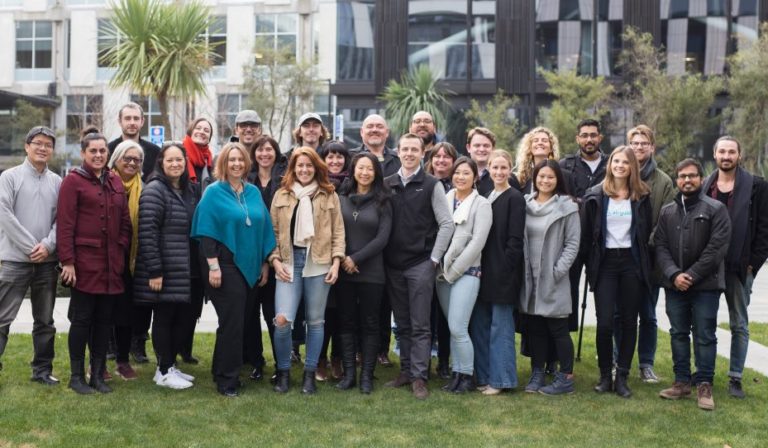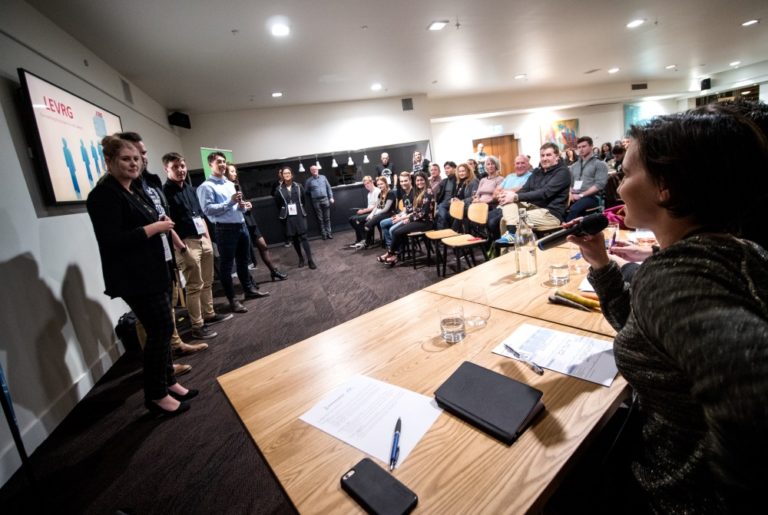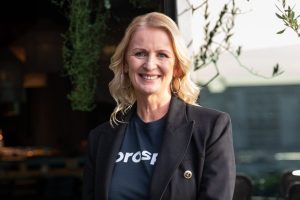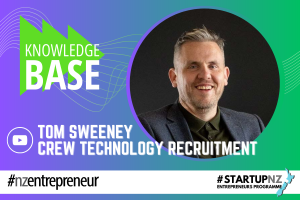
There are many business writers/mentors and coaches who encourage business owners to try and stay in a “cash flow crisis” space. Why?
Surely this is one of the most stressful, lonely and desperate places to be? I agree – but it’s a space that insists that we function creatively.
I have a story from my book Path of the Lion which illustrates the cashflow management process which I am going to share at the end of this article. Before we get there, let’s explore the following set of “entrepreneurial intelligence” guidelines designed to transform us from “panic-stricken” to “creative”.
Cashflow management for entrepreneurs
1) Use a simple cash flow template that includes all factors which influence the cash that we will have available at any given time (for example, provisional taxes, GST/VAT, loans and bonuses).
2) In most cases, a monthly cash flow template is effective, but this should be monitored and updated on a daily basis as the real world scenarios meet the forecasted ones.
3) As the business owner, we need to set up our cash flow forecast and understand it 100% or it will be useless to us.
4) Work out expected inflows and outflows of cash from previous months where possible. Include any strategies and influences already in place.
5) Identify the “cash flow holes” and plan in advance to fill them. The further away we see them coming, the more likely we are to approach them rationally and still have time to try out what might not work.
6) Make sure that the “final” end balance matches the cash needed for the annual company growth rate you want. For more advanced companies, filling “cash flow holes” can sometimes be “filling profit holes”, well in advance.
7) Make this process a personal discipline as the business leader regardless of any cash flow dangers- the focus it provides is necessary to stay in Lion territory.
8) Be conservative with withdraws and disciplined with this monitoring and planning process. Staying cash positive is our full responsibility to our pride.
From cashflow crisis to creative
Here’s an illustration of why this discipline is essential for serious entrepreneurs, as I experienced personally within our educational publishing business.
It’s February 2004, late on a beautiful summer’s Friday afternoon in Cape Town, and I am sitting in my study completing my cash-flow forecast for the 2004/2005 financial year ahead. It’s almost 6 years after our meeting that led to our change in accountants, and I am now well practiced at setting up my annual cash-flows to give me an accurate picture of what lies ahead based on what I know today. Each year to date has been a monumental struggle, but I am sure we should be nearing the end of our cash-flow challenges, as we have strengthened slowly but consistently, and I am feeling less nervous than usual about completing this planning and tracking tool.
After entering all the costs, we should incur to facilitate the growth we are planning for the year ahead and adding in the revenue to match last year’s trends and this year’s projects, my heart misses a beat when I see the results for August and November. In fact, it feels as if it has stopped beating altogether. These 2 months each show the biggest negative number I have ever had to face.
I re-check my calculations, re-add all the formulas and then send it to my business partner with a panicked note asking him to do the same. Have I forgotten anything? What have I missed? His response isn’t the one I was hoping for. I haven’t missed anything. By all indications we are heading for a rather big “hole”, and we will tumble into it at the end of August when the second provisional tax payment becomes due.
Once I have calmed down, I start to think about how we can overcome this challenge. Having done my cash-flow tracking before the new financial year actually starts, I have allowed myself time to plan for it, and the first “hole” is 5 months away. I start considering regions that we have not yet entered in terms of sales, and my partner and I revisit our range of products to investigate possible new ones that might sell during our quieter months ahead.
It becomes obvious to us as we explore our options that the best plan of action is to enter a territory we have not yet covered with our direct sales staff. The area concerned is right in the middle of country, with many schools, but the schools are spread out and difficult to allocate to a full time salesperson.
Three months later our marketing manager, our sales manager and I embark on a “road show” to cover as many of these schools as we can over a 5-day period, using the Sunday and Saturday each side for the longest travelling times. We are all married with small children, and I can see the same concern on their husband’s faces when I collect them, as I saw on my husband’s face as I pulled out of our driveway early that morning. I suspect the concern is also directed towards the childcare and school lunch duties they are to be left with, but there is also no doubt that there is a certain risk to travelling such a long way on our own. Our vehicle is packed to capacity with boxes, each containing samples of subjects and languages to suit each school we will be visiting. The workshop staff, who are struggling to fit all these boxes into the vehicle the day before our departure, joke about giving us each a box to fit in our clothes. I do insist that they find space for the box of red wine I am determined to take, too.
The sales manager has planned our itinerary to the last detail, and each school has received notification in advance advising them of our arrival. Regardless of whether they respond, we turn up and the sales manager gets us in front of the right teachers each time, using a mixture of pathetic pleas, due to the distance we have traveled and professional courtesy requests, and due to our efforts to advise them of our visit beforehand. After each visit, the boxes have to be repacked and we struggle in the heat and unfamiliar surroundings to keep to our appointment times and to keep our energy levels up. In many cases, I drop each colleague at a different school and rush off to another one myself, only to circle around to fetch them again in a few hours as we charge for the next town.
Five days later we journey back. All boxes are empty, including the red wine box, and we have sold enough to not only fill the first cash-flow hole in August but to seriously dent the second, bigger hole in November. Over the next few weeks, a number of diary orders follow from the sales presentations done on the trip to completely fill the November hole.
As happens in business, the dedicated and positive energy generated on this trip invites additional, unexpected sales from the universe, and by June of that year I am safe in the knowledge that although I still need to adjust the forecasted “ins” and “outs” to the actual ones as we go, in all likelihood we have enough room to sleep soundly until the next cash-flow forecast due to be completed the following February.
















